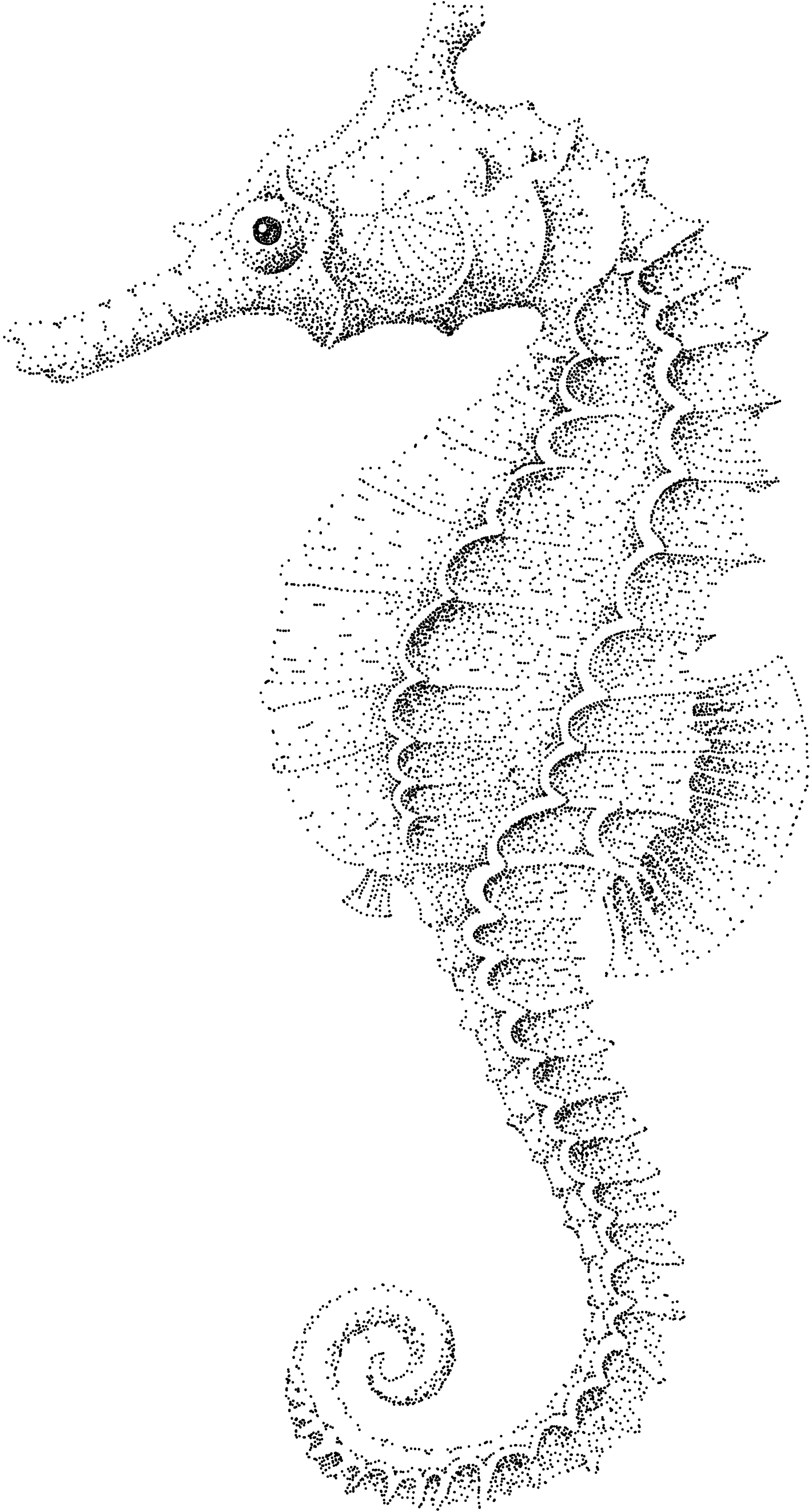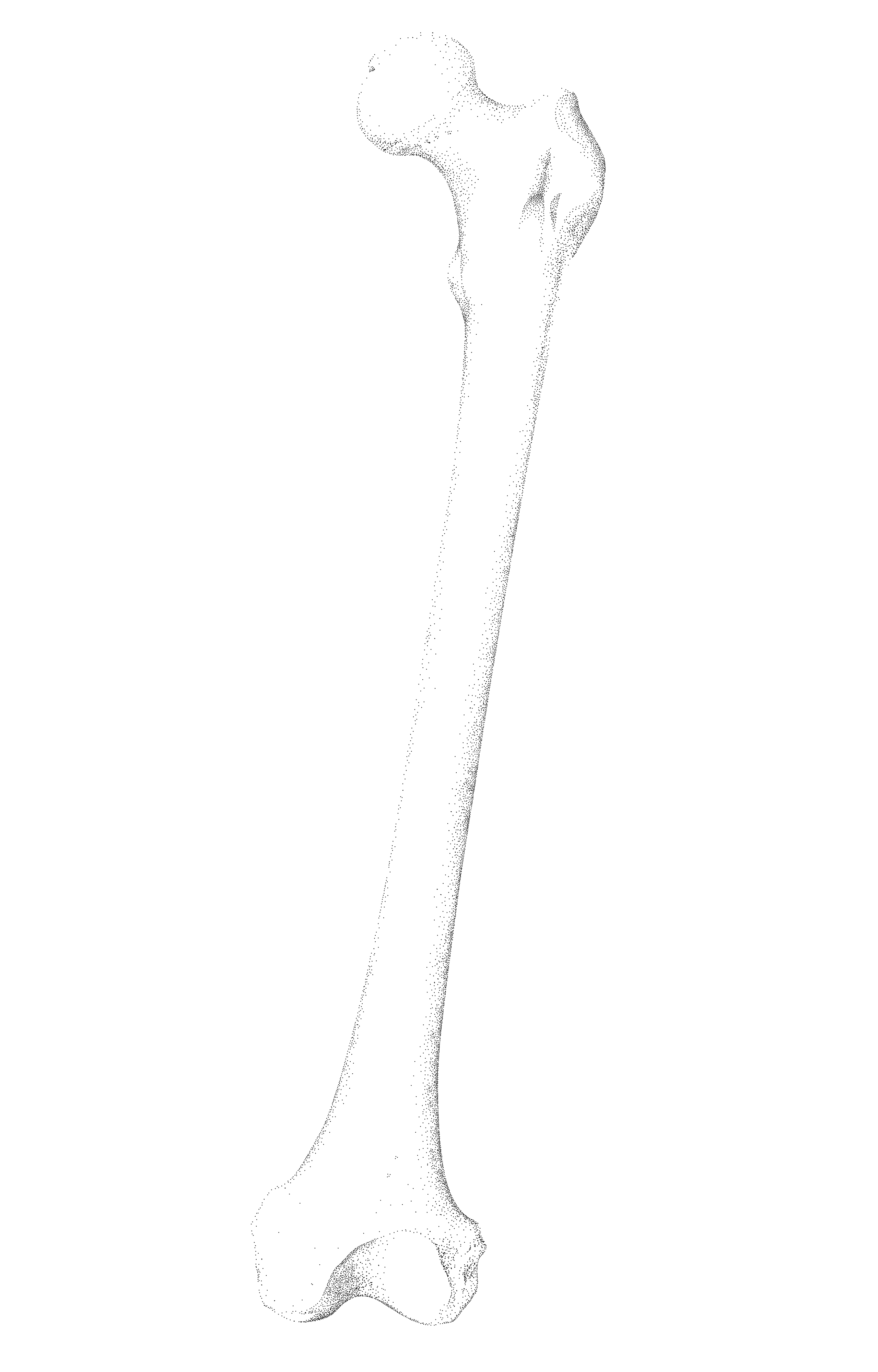RECLAIMING THE LAND
constructing the collectivity on the terrilThe 19th and 20th century’s coal mining industry in Belgium left behind about 360 spoil tips, or terrils, in the Wallonia region. Since the abandonment of coal mining in the 1960s–1980s, most terrils were le standing without any major human interference. They have since been colonized by vegetation and may appear integrated with the landscape, but these artificial hills are in a sense a reminder, a manifestation, of a very violent process of exploitation - both of the land and of the people.
By tracing the geological process of coal formation, the mechanics of coal mining from the structure of the shaft to the processing of the breaker, and the human suffering of a political project, we can begin to ask if these memories are embodied into the terril itself. By asking ‘where are we? and how did we get here?’ we can situate ourselves within this history - we can follow the line that was used to take coal from the colliery and deposit it on the top of the terril and we can reify this history. We can recognize what was taken from us, and we can simply take it back.
Our project begins from the recognition of our own precariousness and rather than design a solution for the people of Charleroi, we imagine collaborating in solidarity with people from Charleroi to construct a new way of being. We would seek to create an infrastructure, an architecture of use instead of one of ownership, that could allow us to repossess our agency over the reproduction of our own lives.
A project that begins with us, but is continued indefinitely by others. A project that subverts the embodied memories of exploitation and waste material of terrils by building directly upon it and from its own material - a total act of reclamation.
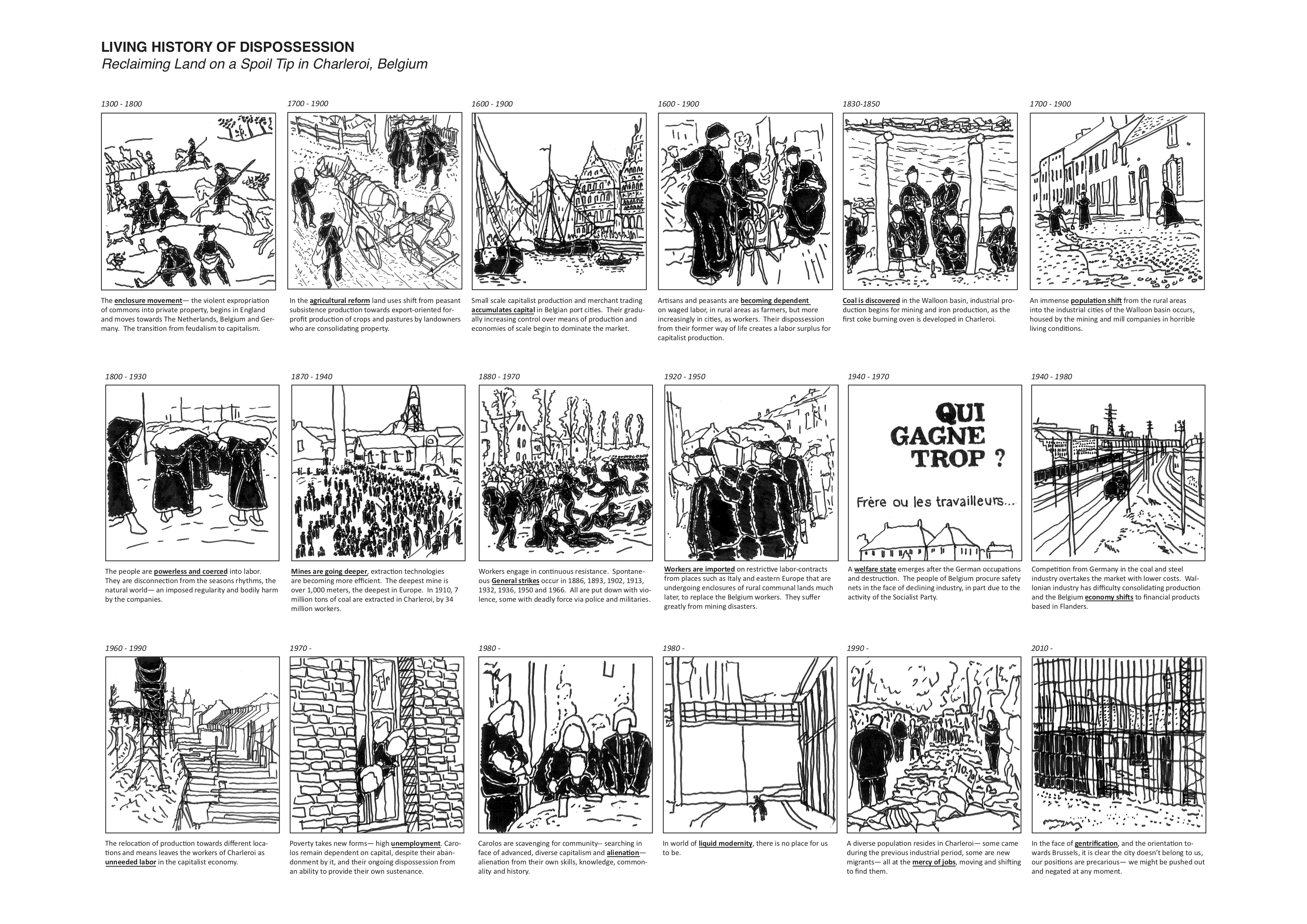
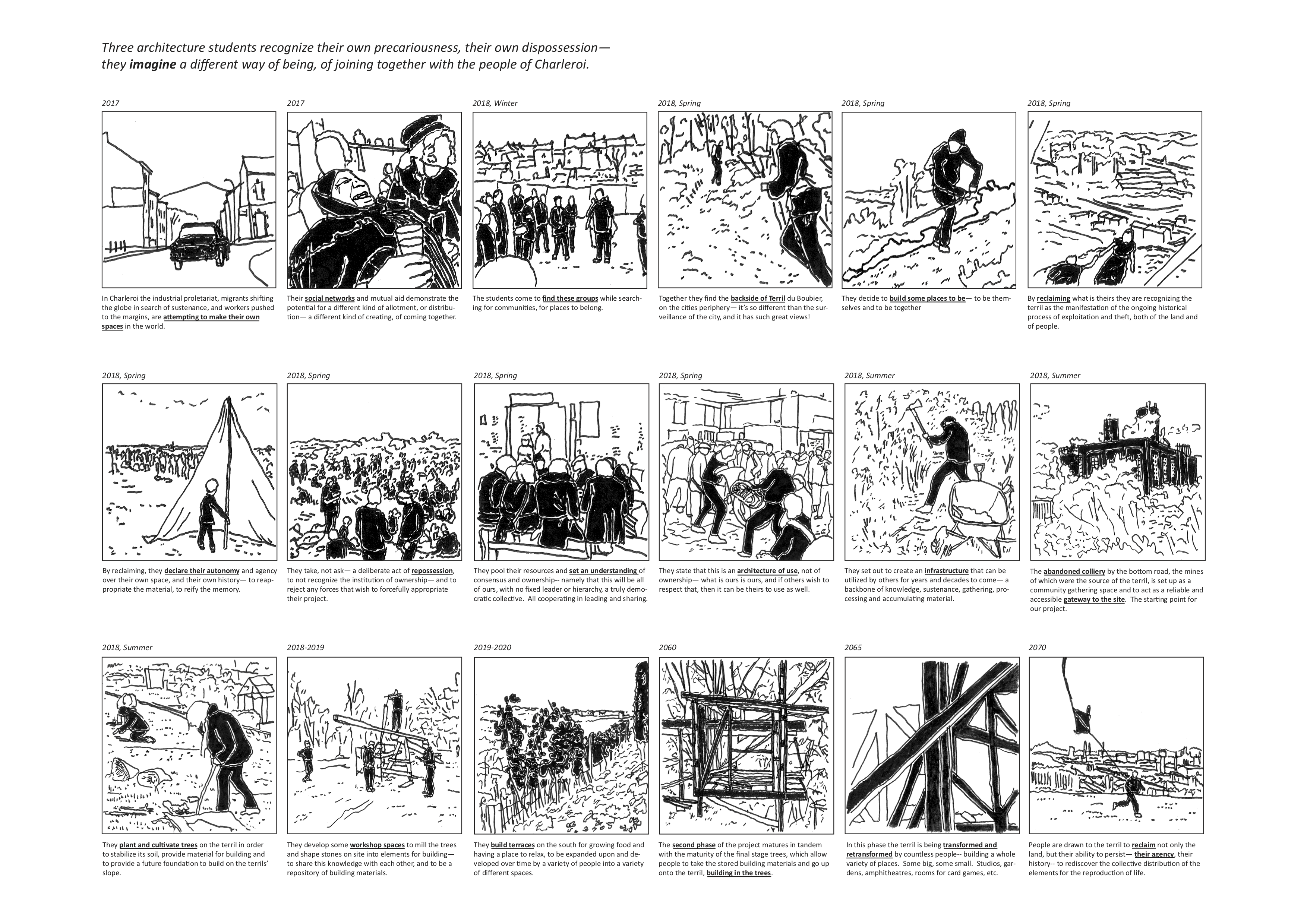


















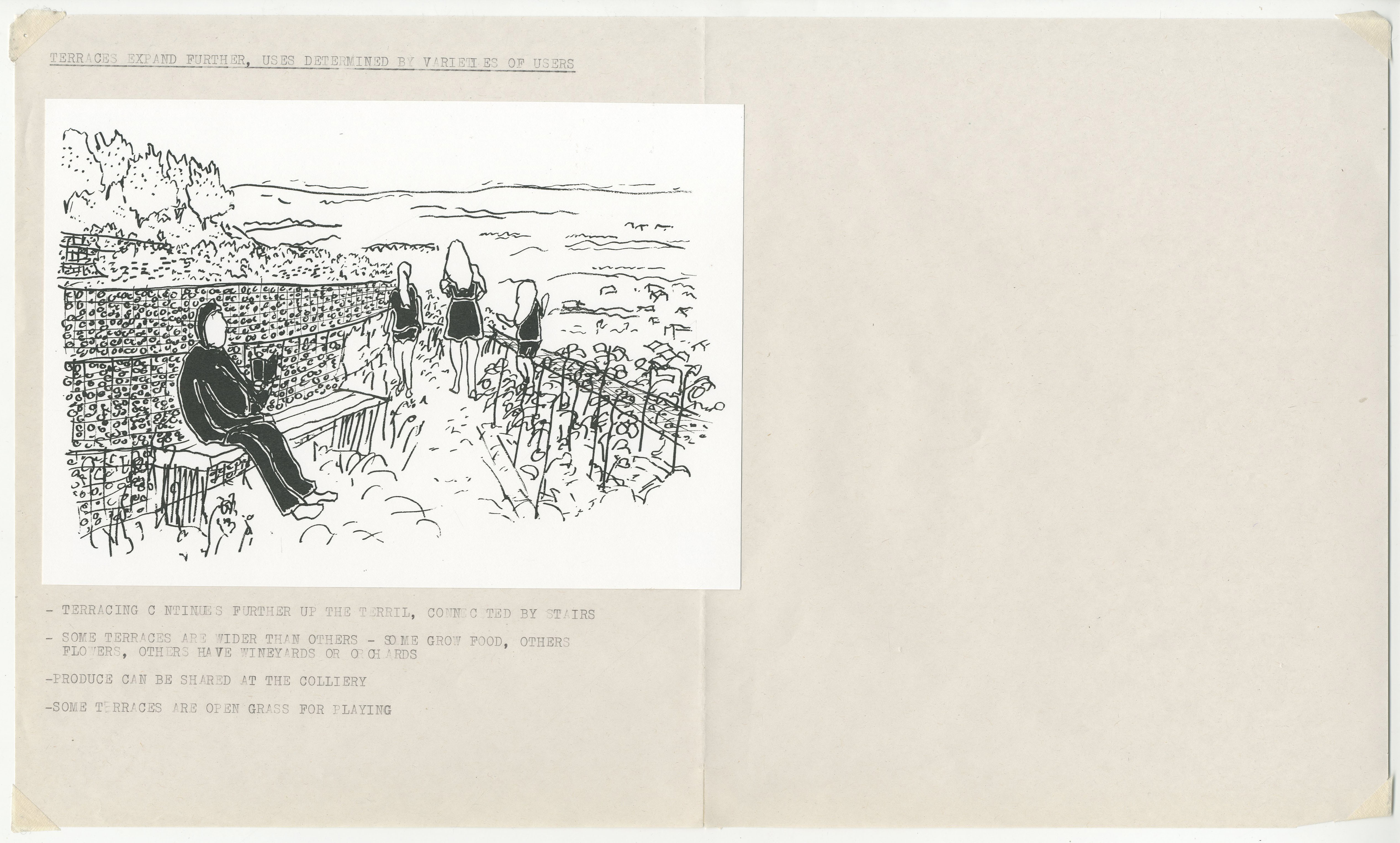
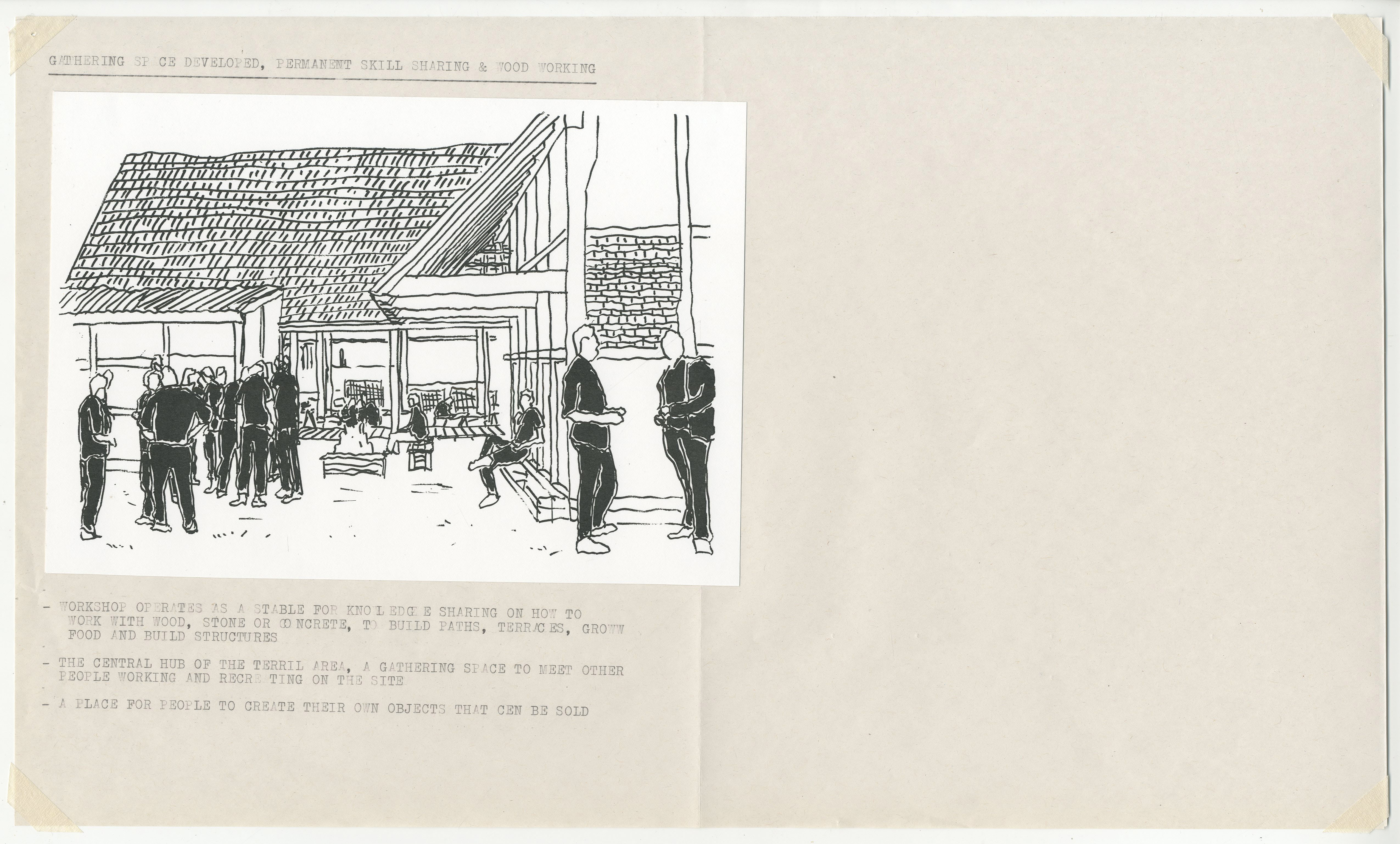
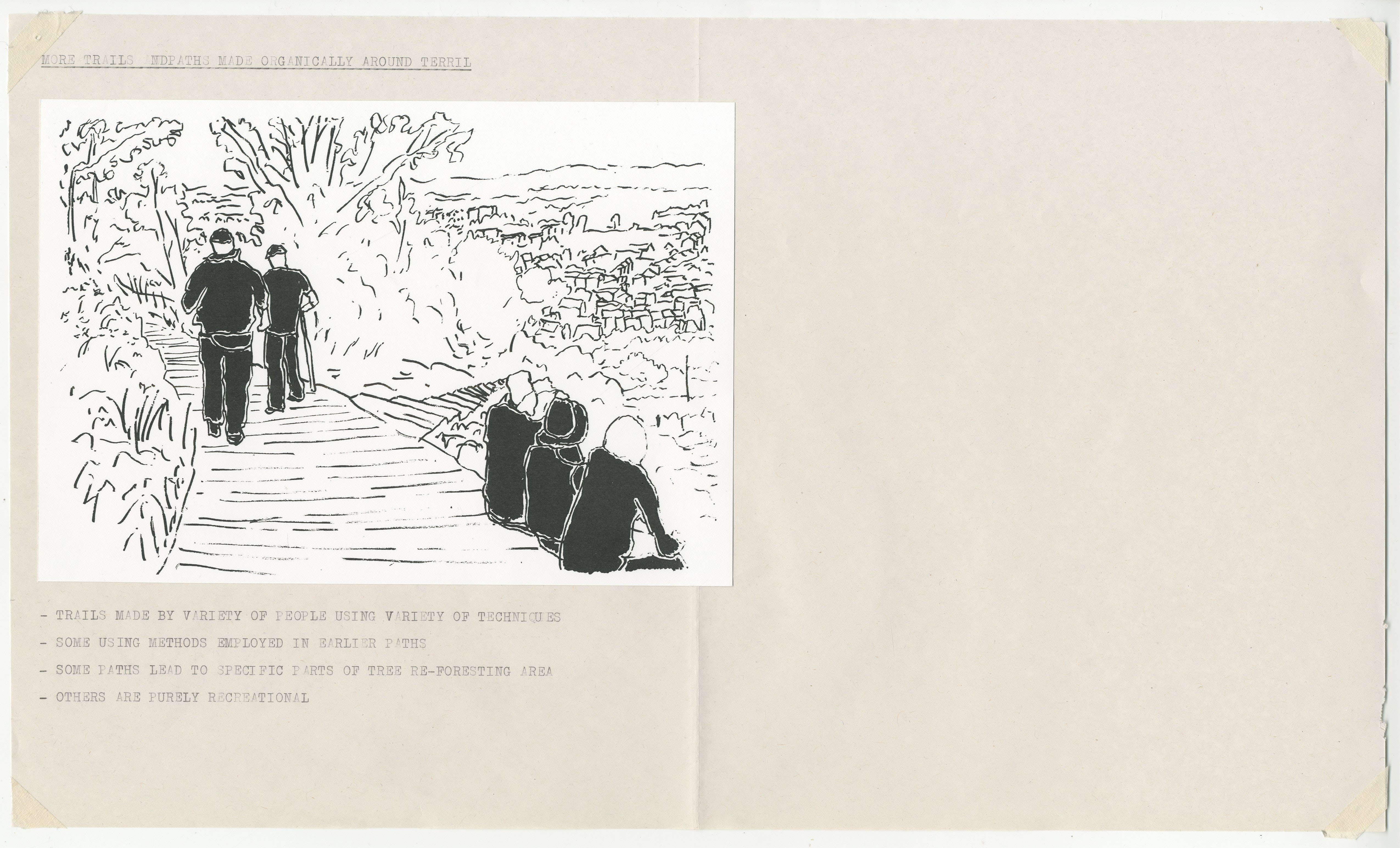

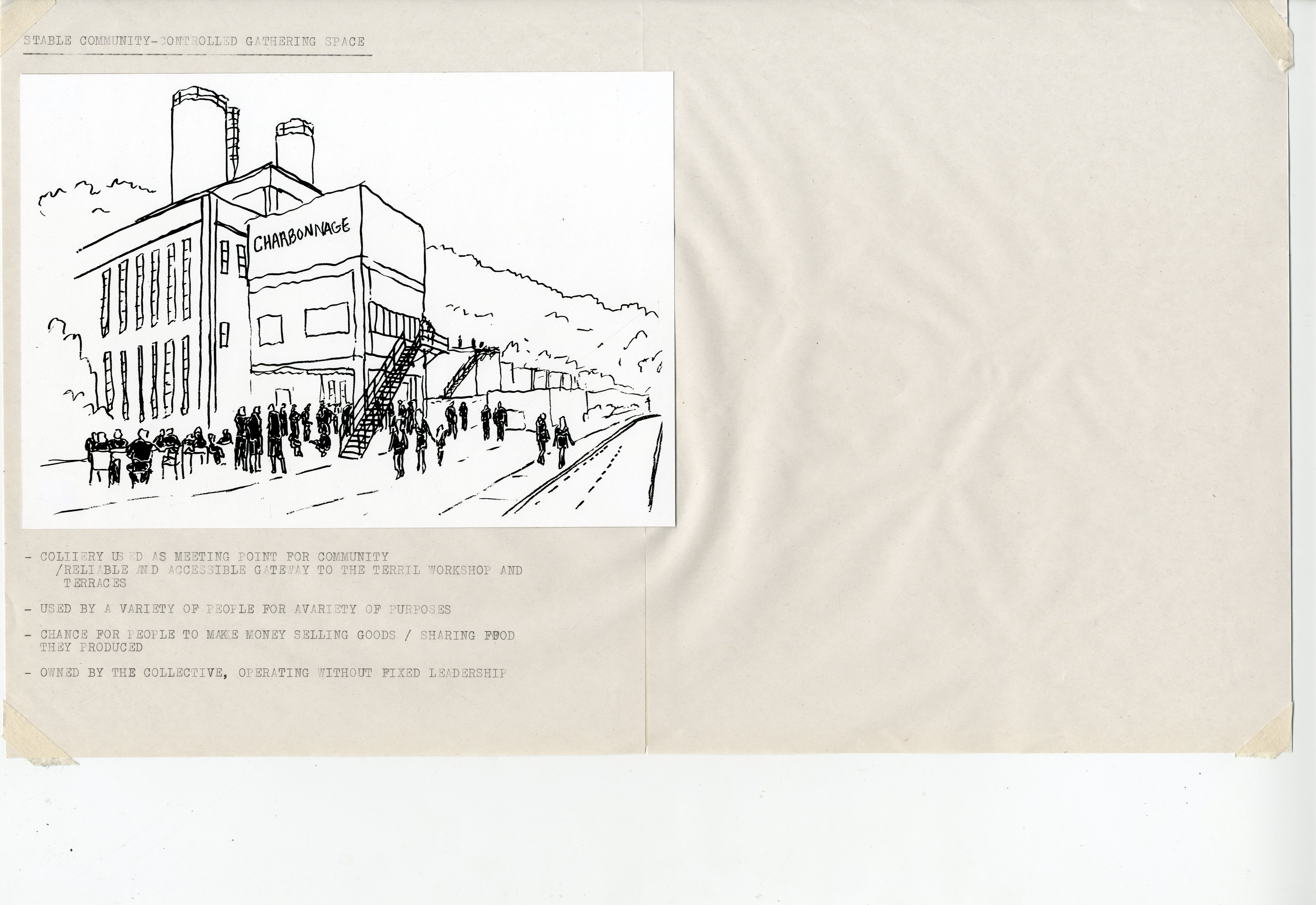
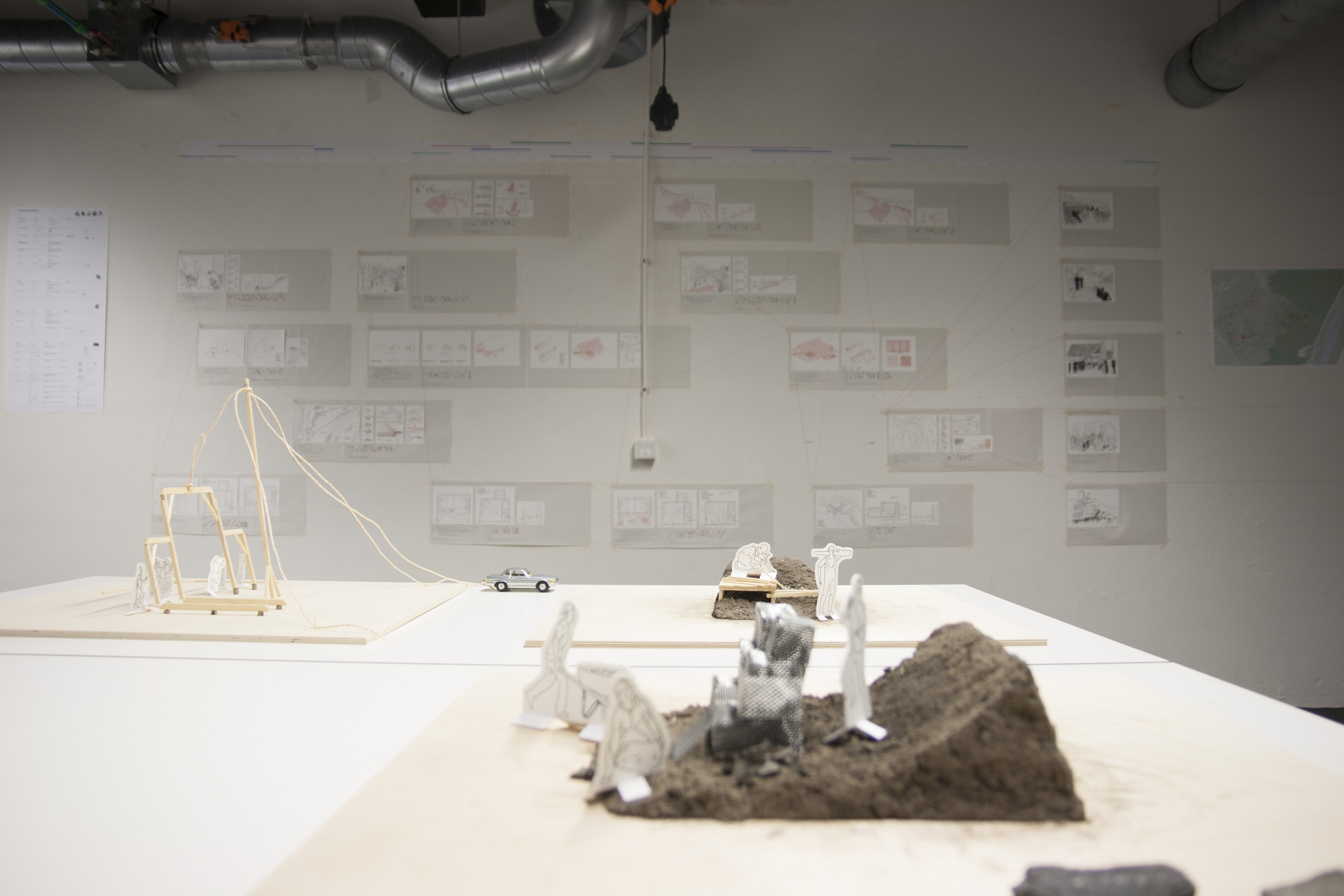
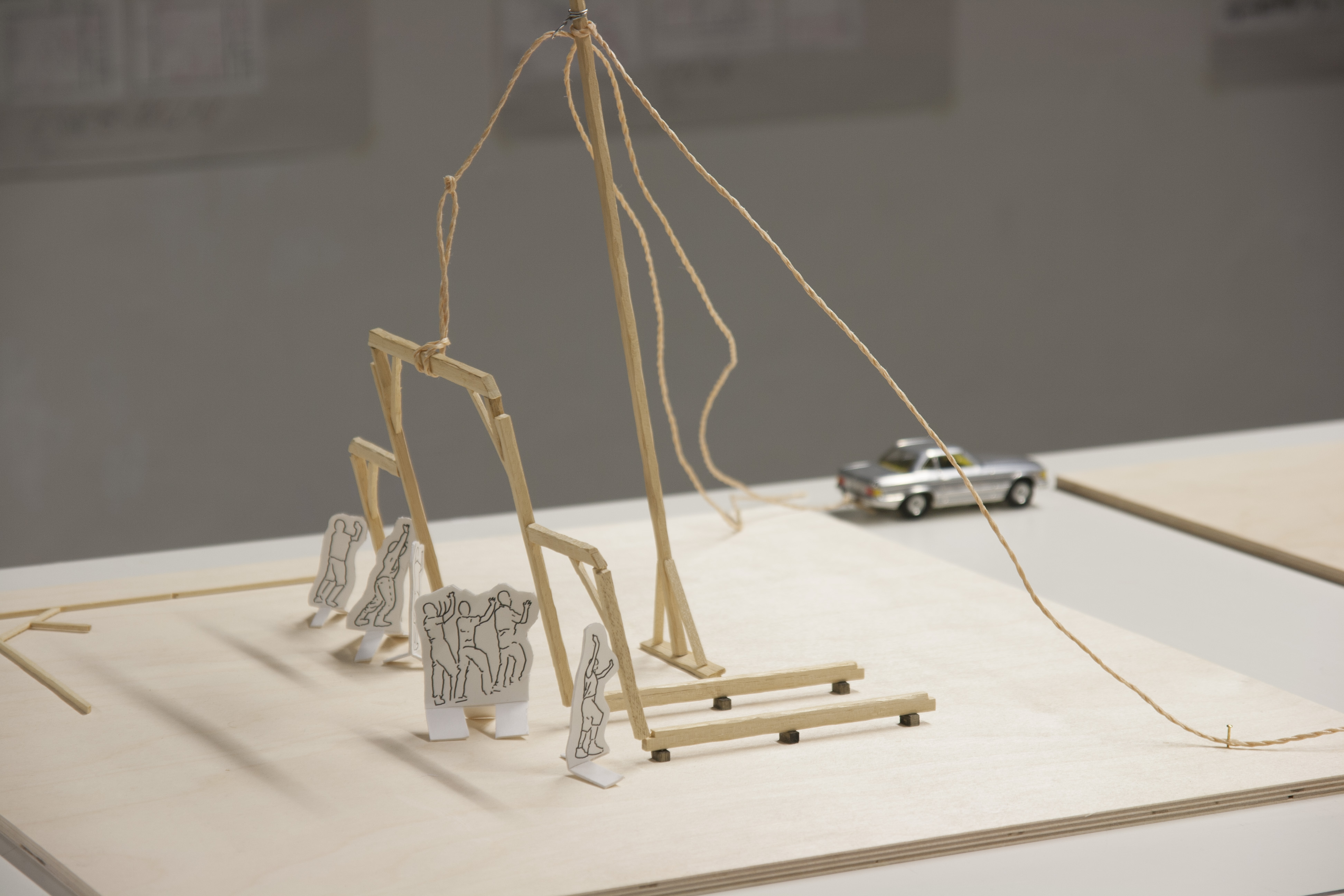
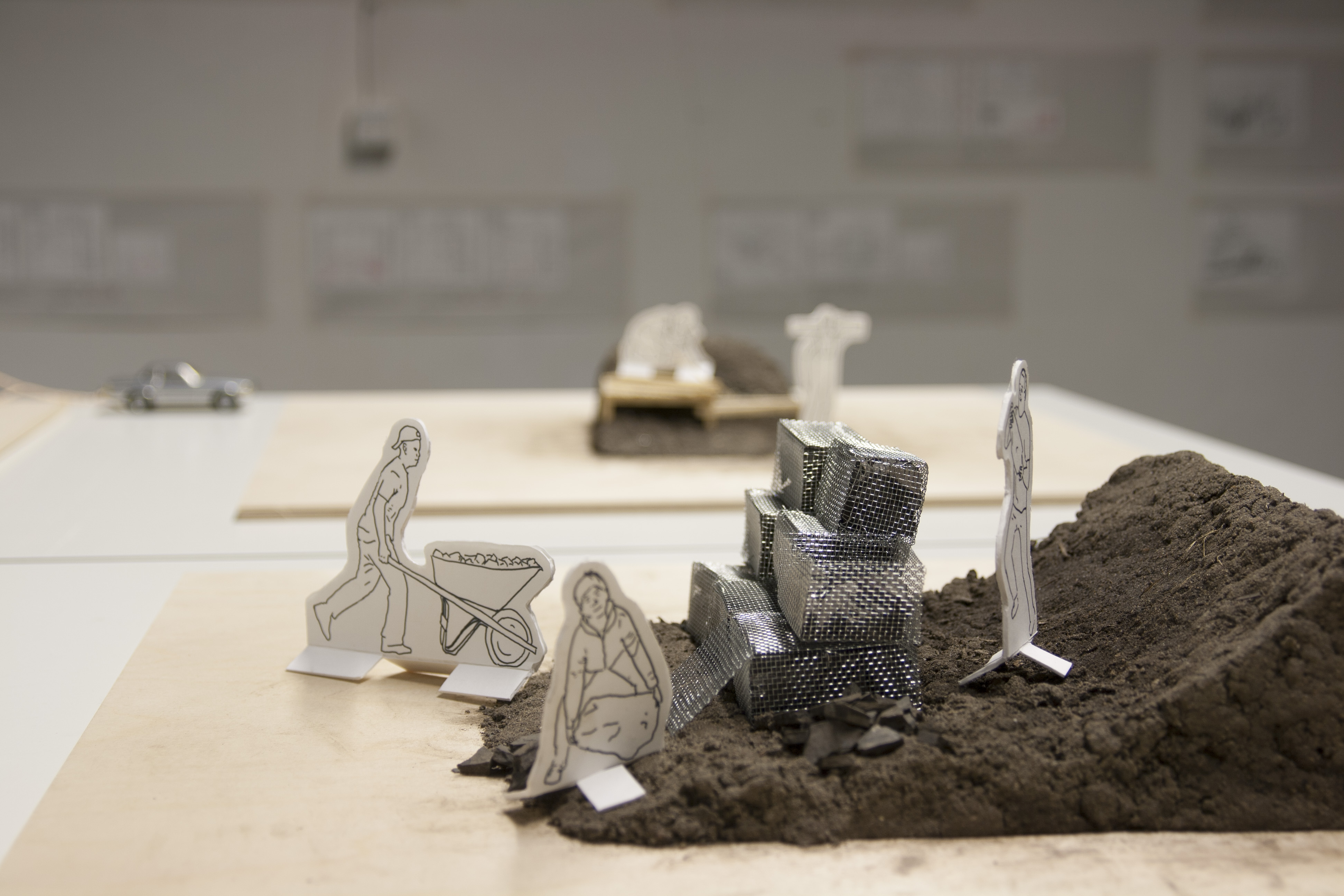
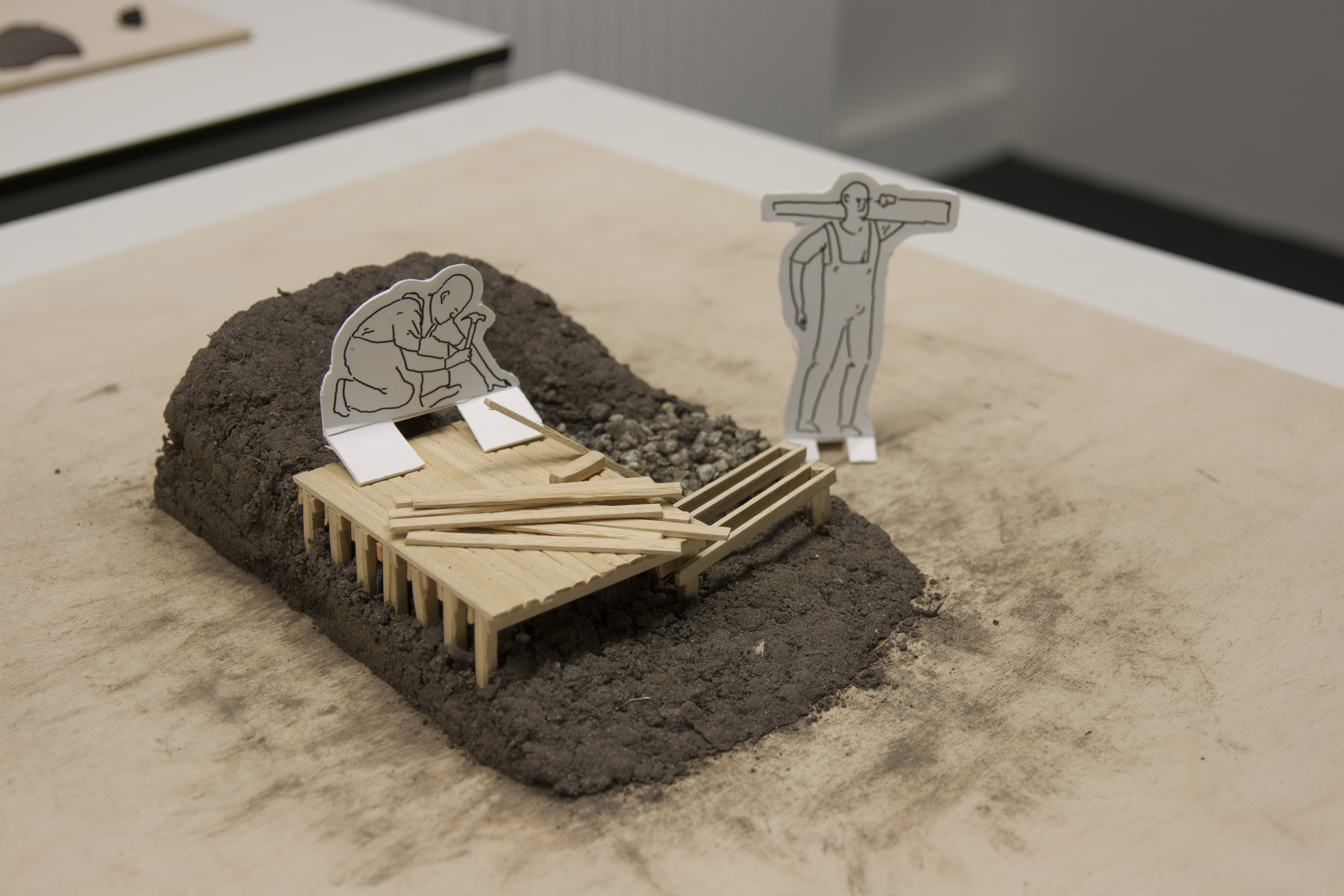
________
at TU Delft, 2018
led by Hans Teerds, Lilith Ronner van Hooijdonk and Pierre Jennen
together with: Tom Hilsee and Marcel van der Maas
︎ PROKOP MATĚJ 2025 ︎
